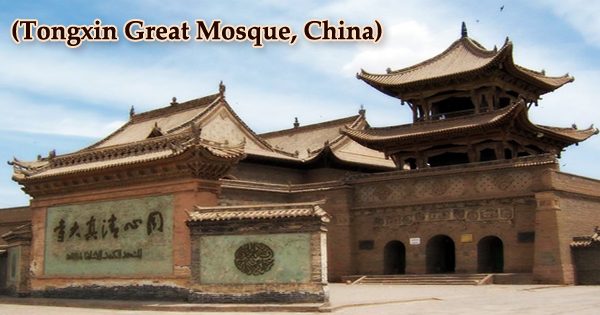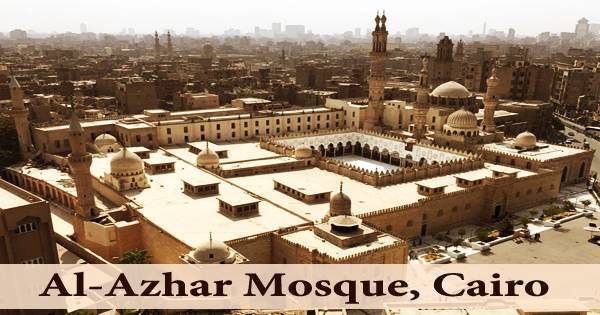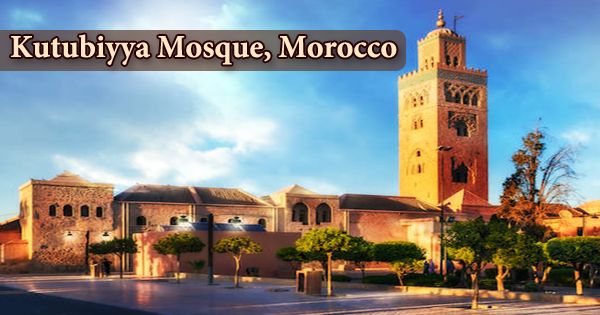The Tongxin Great Mosque (Chinese: 同心清真大寺; pinyin: Tóng Xīn Qīng Zhēn Dà Sì) is one of China’s oldest mosques. In Tongxin County, Wuzhong City, Ningxia Hui Autonomous Region, China, there is a mosque. The Hui ethnic minority group’s largest residential area in China is Ningxia. There are almost 2,000 mosques in the city, with architectural styles ranging from Arabic to traditional Chinese. One of these is the Tongxin Great Mosque. It was the only one of Ningxia’s 1000-odd mosques to survive the Cultural Revolution, dating back to the 14th century (although the current mosque was built in 1573 and subsequently restored in 1791). As a result, it’s a near-perfect example of temple construction from the Ming and Qing dynasties. The mosque was most likely constructed during the Yuan Dynasty in the fourteenth century. It was initially a Mongolian Buddhist temple, but once the Yuan Dynasty fell in 1368, it was abandoned. During the early Ming dynasty, it was re-consecrated as a mosque. In the sixteenth century, 1791, and 1907, the mosque underwent extensive restorations. In 1936, the mosque was significantly extended. The Chinese Workers’ and Peasants’ Red Army conducted a conference with the local people in the mosque as they proceeded on a westward campaign in 1936, liberating regions in Ningxia. In Shanganning, they also established the Yuhai County People’s Government. The State Council designated it as the National Key Cultural Relics Protection Unit in 1983. The Yihewani sect is now linked with the mosque. All of the structures are erected on a seven-meter-high blue platform. An imitated-timberwork entrance wall with brick decorations stands in front of the gate. Visitors can ascend to the several-meter-high pedestal via an arch and a concealed passageway.
The mosque was built in the Han architecture and ornamented in the Islamic style, combining Han and Hui culture. The first structure visitors notice on the pedestal is a two-story minbar. Visitors can enter the courtyard through the gateway beside the minaret, which houses the main worship hall as well as the southern and northern speech halls. The main worship hall is made up of two interconnected chambers that can accommodate over 1,000 people. At the front gate, there is an imitation-timber work entrance wall with brick carvings. A total of 1,000 worshipers can be accommodated in the main building, which consists of the main prayer hall and two connecting halls. A cemetery is located behind the mosque and contains the shrines of two Sufi saints (or Shaykhs). Tongxin Mosque is well-known not only for its distinct religious culture and architectural art but also for its significant contributions to Chinese history. It has also received worldwide acclaim. The Tongxin Mosque has made significant contributions to our country’s history, particularly throughout the communist revolution, socialist building, and reform and opening up periods. It has made significant contributions to national unity, building national relations, maintaining the motherland’s unity, and undertaking numerous cooperative construction projects. The Tongxin County Party Committee and the county administration value the role of the patriotic education demonstration base at the previous site and make it available to domestic and international tourists for free.
















